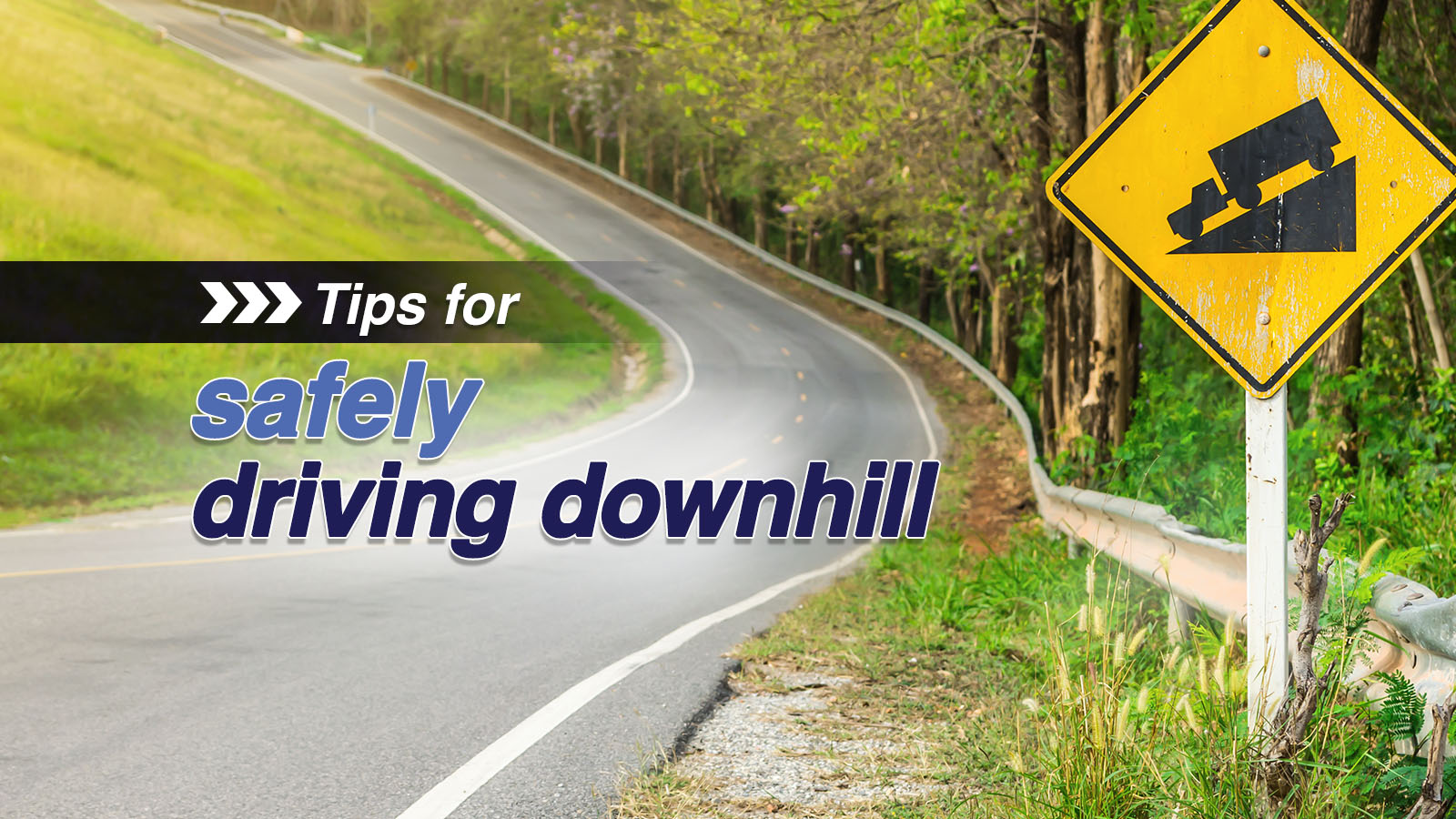Every once in a while you will need to drive downhill. Driving downhill can be very challenging, but combined with winter weather conditions, it becomes a nightmare for some. If you don’t want to change your route just to skip this, here are tips to help you safely face the challenge of driving downhill.
1. Inspect your truck and trailer before each trip!
We have mentioned the importance of PTIs several times in our blogs. PTIs should never be skipped, because they may prevent large breakdowns and aid in your safety, as well as the safety of ongoing traffic around you, You can find the full PTI list in our blog, but some of the key things for safe driving downhill include:
- Checking Your Air Pressure Levels
When the truck’s gauge drops below 60 psi while you’re driving, it’s time to inspect your brakes. Your pressure should ideally be between 100 and 125 psi; if it’s lower, your safety is at risk.
- Replacing Worn-Out Parts
Brake linings get worn out quickly. If your lining is less than ¼ of an inch thick, you should think about getting a new one.
- Checking Your Air Hoses to Ensure Proper Attachment
Additionally, being aware of when to repair bearings will help you avoid emergencies and needless downtime. The age, usage, occupation, and operating conditions of the vehicle will all affect how often it needs to be replaced.
2. Brake correctly
Braking is a process that causes a lot of friction and heat, due to pads rubbing against discs. Improper techniques, such as stab braking can cause wear on your brakes, making it harder to stop. Additionally, these techniques can even set your brakes on fire. This is why it’s important to keep a firm braking pressure
3. Reduce your speed
Your speed going downhill should be no more than 50% of your speed going uphill. Considering the weight of your vehicle, conditions on the road, and the distance of any vehicles in front of you, braking may take even more time when driving in the mountains. This is why it’s important to keep the speed down, to ensure your safety.
4. Pay attention to your trailer
If you notice your trailer moving to each side while driving, you may need to react immediately. Due to the weight of the trailer, it gets momentum and it starts to roll downhill at a larger speed than the truck itself, This may cause jackknife. If you notice this is happening, slowly and carefully bring the speed up, until the trailer is straight.
Additionally, always keep a safe distance, have tire chains prepared, use proper signalization, fuel up, and make sure you’re well-rested before each trip. Now that you’re prepared to face any challenge, you’re ready to become your own boss! You should check out our lease purchase offer by giving us a call at (630)506-8869 or apply here


Leave A Comment